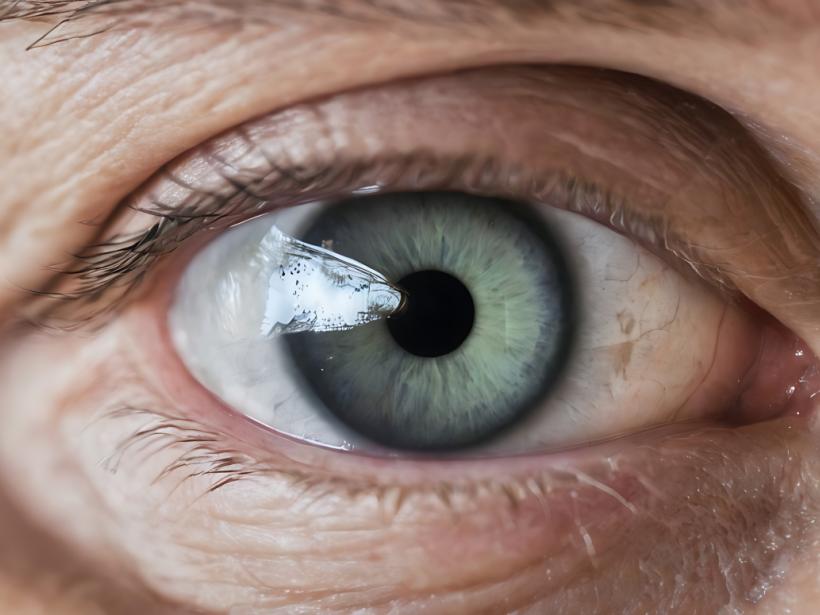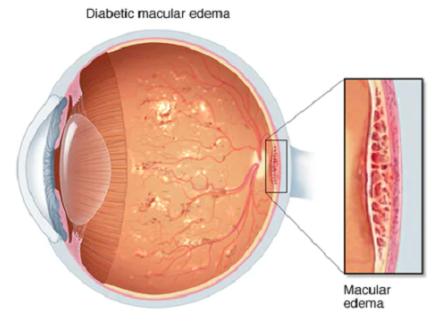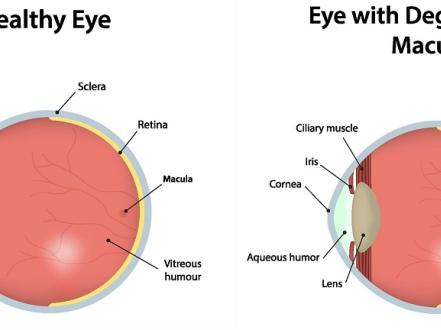Our eyes are vital for viewing the world around us, but from time to time, they might get hazy from diseases like cataracts. Visual acuity and color perception are both affected. The complex origins of cataracts highlight the critical importance of having a firm grasp on the topic of what is a cataract. This article combines scientific knowledge with practical tips to study the many forms of cataracts. We should investigate the cause since this is a typical eye problem.
Congenital cataracts
From the very beginning, this cataract has woven a strange tale into the visual histories of specific individuals. Congenital cataracts present early dangers, in contrast to age-related ones, which tend to lessen with time.
Birth defects of the lens are known as congenital cataracts. Envision unforeseen obstacles disrupting a delicate visual picture just as the brushstrokes of life are beginning. This uncommon yet challenging eye condition poses its own set of challenges.
It is essential to clarify what this issue is and debunk the myths and facts about cataracts. Contrary to popular assumption, this condition can manifest in neonates, as well as adults. With this information, one might be well-equipped to face the fallout.
Cataracts caused by aging
The visual story we perceive is distorted due to opacities in the eye's natural lens. Changing in the lens that transforms what was once perfectly clear and bright may happen due to age. A yearly aggregation of lens proteins occurs. This normal aging process may create subtle vision problems, which are initially painless.
The need for proactive eyesight preservation is underscored by the problems of age-related cataracts. These problems will emerge at the speed of light if left unattended. The good news is that there are eye-based procedures and aids that can address this change in vision that comes with getting older.
Traumatic cataracts
In rare cases, unanticipated events might trigger the development of traumatized cataracts. It is not necessarily a sign of aging; in fact, it can be the result of trauma that upsets the eye's equilibrium.
Traumatic experiences that follow physical eye injuries can harm your health. Because of the need to treat both the visual effects and the trauma that caused them, this rare form of cataracts is the center of focus. If you want to know more about traumatic cataracts, you need to know the complexities of how unexpected things might affect your eye health.
Secondary cataracts
While surgery is pivotal, the fight for better eyesight is far from over. The path to permanent vision clarity can be blocked by unexpected structures that arise during surgery. Thus, the secondary cataract is a possible side effect after surgery. Understanding it assists in dealing with complications such as transient hazy vision following surgery.
Eye damage from diabetes
A unique problem with diabetic eye health is diabetic cataracts. The intricate link between the unpleasant endocrine disorder and eye health necessitates an understanding of this variant as a consequence of long-term diabetes.
Think about how the lens transforms into a canvas for diabetic intricacies when blood sugar levels rise. When diabetic consequences, such as cataracts, manifest as a distinct visual problem, one must take smart care actions.
Preventing cataracts with lifestyle changes
As for vision care, preventing eye problems must be as prioritized as curing them. Everyone, from those with preexisting vision issues to those who strive for good overall health, must create a defensive tactic to protect their eyes in this screen-filled environment. Proactively caring for your eyes is necessary to keep them clear and vibrant.
Making a healthy environment and developing healthier habits like drinking more water or wearing sunglasses could be a good start since to avoid cataracts, one must make specific dietary and lifestyle choices.
Preventing the issue through timely check-ups
If you disregard timely check-ups, the issue may go unnoticed. The gradual clouding of the lens is only one example of changes in the eye that could be detected. Interventions, such as phacoemulsification — a complex surgical procedure that restores vision, are only possible with early detection.
In adulthood, which type of cataracts predominate?
An integral part of adult eye health is the prevention of age-provoked cataracts, which form in the eye's lens due to protein clumping associated with aging. Subtle changes in color vibrancy and blurriness are some of the ways that this age-related process impacts vision. Understanding the aging process and the visual challenges that accompany it can be aided by gaining knowledge about the frequency and impact of these cataracts.
The most aggressive type
Nuclear cataracts are a big deal in ocular health because of the damage they do to eyesight. Since they don't affect the periphery of the lens like other types, they produce gradual clouding and significant vision loss. Their ability to rapidly alter the lens's protein composition sets them apart from other disorders; this feature makes them more challenging to control day-to-day and accelerates the onset of visual problems.
In conclusion
The many changes that might occur to our eyes due to aging or congenital abnormalities each show us something unique. We have to take precautions to avoid damage to our eyes and work hard to keep them healthy through a nutritious diet and regular exercise. By combining scientific knowledge with common sense, we can better understand and enjoy life's visual symphony. Maintaining good eye health over the long run requires vigilant observation in order to discern the facets of cataracts.






